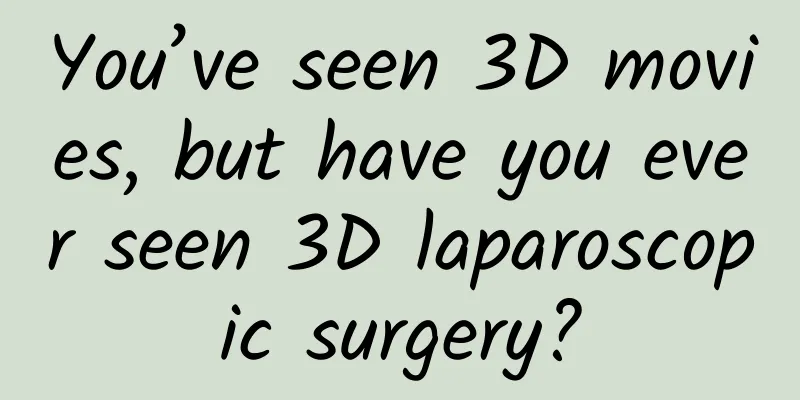Are you dizzy with your new glasses? You may have missed this statistic

|
Xiaolin (pseudonym) is 25 years old this year. She has 400 degrees of myopia and 50 degrees of astigmatism in both eyes. She has been wearing a pair of memory plastic glasses for the past two years. Recently, Xiaolin saw a pair of thin-rimmed metal frames that are popular online, so she provided the degree of both eyes to the store for fitting. A few days later, Xiaolin received the beautiful new glasses. But after wearing them for a while, she often felt dizzy and even wanted to vomit. So Xiaolin hurried to the Aier Eye Hospital affiliated to Wuhan University for treatment. "Doctor, what's wrong with me? Is the prescription of my glasses wrong?" Xiao Lin asked anxiously as she entered the clinic. The optometrist found that the prescription of Xiao Lin's new glasses was fine, but the pupil distance did not match her eyes at all. The error between the optical center point of the two lenses and the pupil distance reached 4 mm. Yan Binxian, deputy director of the optometry department of Wuhan University Aier Eye Hospital, said: "In the process of fitting glasses, optometry is the first priority, and the pupil distance and pupil height are checked during optometry. If the pupil distance and pupil height of the newly fitted glasses are wrong, it may cause myopia patients to experience dizziness and discomfort. What is pupil distance? The distance between the geometric centers of the pupils of both eyes is called the pupil distance, which is abbreviated as PD in optometry prescriptions and is measured in mm. Generally, the pupil distance of adult males is between 60 mm and 73 mm, and that of adult females is between 53 mm and 68 mm. Why do we need to measure the pupil distance when buying glasses? The purpose of measuring pupil distance during optometry is to make the horizontal distance between the optical centers of the two lenses match the pupil distance, so as to ensure that the eyes can see through the optical center. If the distance between the optical centers of the lenses does not match the pupil distance, a prism effect will occur, and the scenery seen through the lenses will be distorted and blurred. Patients wearing glasses will experience symptoms such as visual fatigue, dizziness, and nausea, and their corrected vision cannot be adjusted to a better state. Zhou Chao, director of the optometry department of the Aier Eye Hospital affiliated to Wuhan University, reminded: When we do optometry and glasses, we cannot only focus on the accuracy of the refractive power. The accurate measurement and processing of pupil distance and pupil height are equally important. We must go to a regular institution with fitting qualifications for optometry and glasses fitting. |
<<: LinkedIn has 175 million members, with 2 people signing up every second
Recommend
There is always water flowing from the vagina
After a woman's sexual development is complet...
There is indeed a benefit to skipping dinner! And there are also some things to pay attention to when having dinner!
Interview different people about their views on d...
How long after a caesarean section can I have an abortion?
Everyone knows that being pregnant and giving bir...
What is the cause of the vaginal particles?
For those who find particles in the vagina, they ...
What medicine is good for women with endocrine disorders?
If a woman's endocrine system is unbalanced, ...
Causes of vaginal pain when urinating
In fact, women are easily affected and harmed by ...
Can I get injections during breastfeeding?
Under normal circumstances, if a breastfeeding wo...
What causes itching after menstruation?
Menstruation is very important for women. Once me...
Can I eat figs during menstruation?
Fig is a fruit that everyone is very familiar wit...
I have a stomachache when I am pregnant
If you have abdominal pain during sex when you ju...
How to relieve menstrual nausea and vomiting
Every month women face the arrival of menstruatio...
What is an endometrial biopsy
I believe that everyone is still relatively unfam...
Symptoms of low estrogen levels in girls
Estrogen is one of the main endocrine hormones in...
Vaccines against cervical cancer
This past January was Cervical Cancer Awareness D...
How long after the IUD is removed can I have sex overnight?
There are certain precautions for sexual intercou...









